
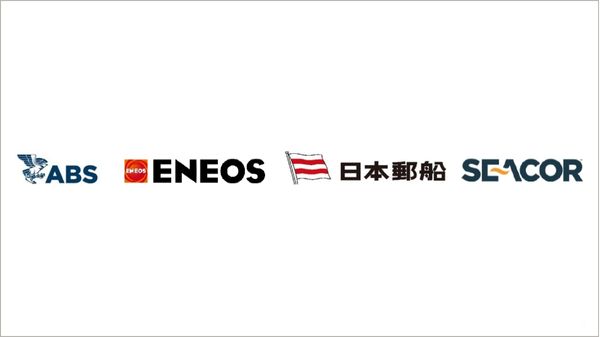
|
Four companies launch study for US methanol bunkering network
ABS, Eneos, NYK Line, and Seacor to develop ship-to-ship methanol supply operations on Gulf Coast. |
|
|
|
||
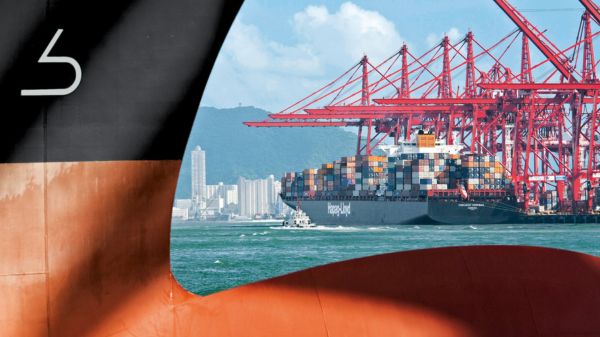
|
Hapag-Lloyd orders eight methanol-powered container ships worth over $500 million
German carrier signs deal with CIMC Raffles for 4,500-teu vessels for 2028-29 delivery. |
|
|
|
||
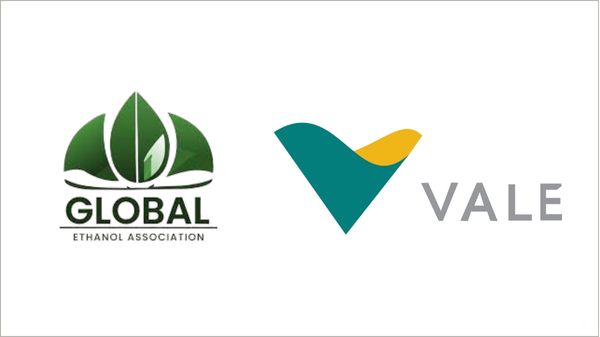
|
Vale joins Global Ethanol Association as founding member
Brazilian mining company becomes founding member of association focused on ethanol use in maritime sector. |
|
|
|
||
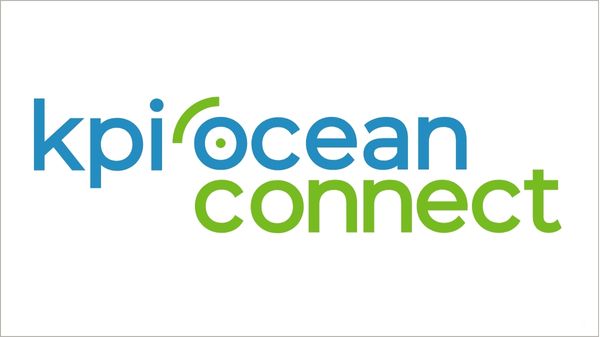
|
KPI OceanConnect seeks marine fuel trading intern in Singapore
Bunker supplier advertises role offering exposure to commercial and operational aspects of marine fuel business. |
|
|
|
||
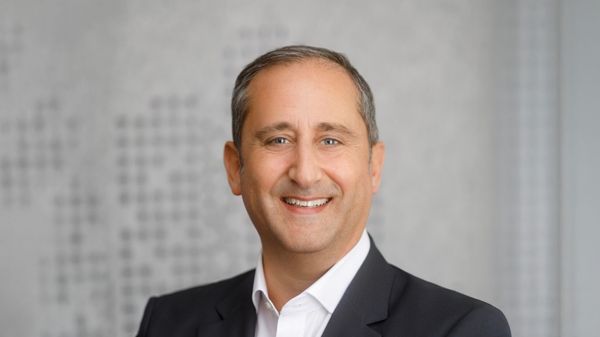
|
CSL Group's Frank Dahan appointed chair of IBIA's Americas regional board
Dahan brings 29 years of marine transportation and energy experience to the role. |
|
|
|
||
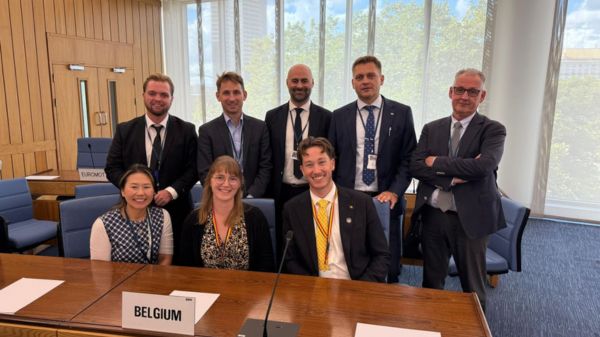
|
Lloyd's Register, EXMAR, and Belgium’s Federal Public Service develop interim guidelines for ammonia cargo as fuel
Guidelines expected to receive formal IMO approval in May 2026, enabling ammonia use on gas carriers. |
|
|
|
||
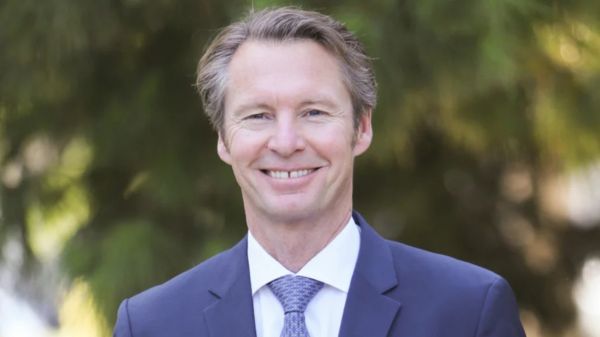
|
DNV to lead Nordic roadmap Phase 2 for zero-carbon shipping transition
Programme will identify green corridors and tackle cost barriers through new financing approaches. |
|
|
|
||
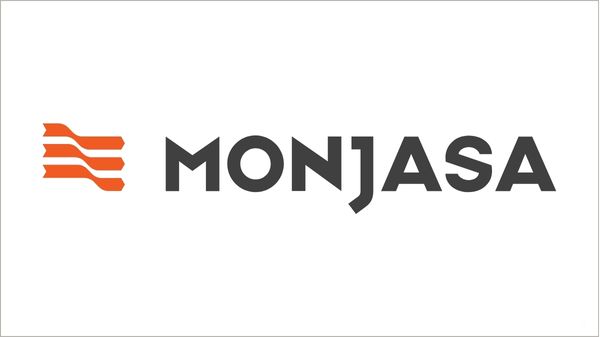
|
Monjasa seeks trader for Dubai operations
Marine fuel supplier recruiting for trading role covering sales, purchasing, and logistics in UAE. |
|
|
|
||
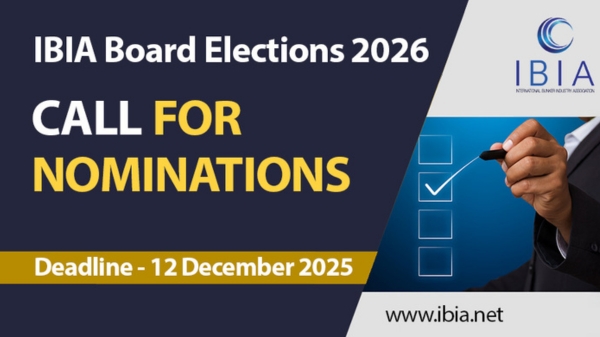
|
IBIA calls for board election nominations ahead of Friday deadline
Association seeks candidates for 2026 board positions with submissions closing 12 December. |
|
|
|
||
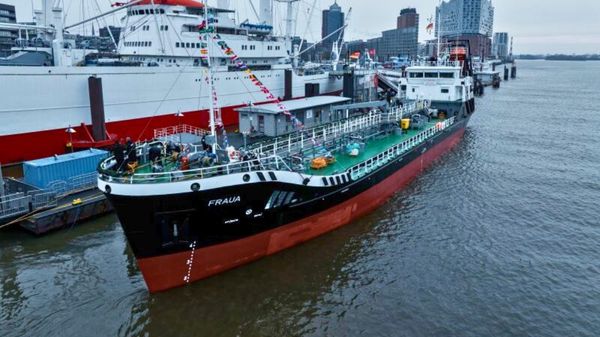
|
BMT Bunker adds tanker MT Fraua to fleet
BMT Bunker und Mineralöltransport has expanded its fleet with a new vessel. |
|
|
|
||
| 'A lot of customers' plan to use scrubbers, says Wartsila CEO [News & Insights] |
| Scrubber technology for Finlandia Seaways [News & Insights] |
| Alfa Laval PureNOx approved for MAN Diesel & Turbo EGR scrubber [News & Insights] |
| Hybrid scrubbers ordered for three container ships [News & Insights] |
| Carl Buttner tanker to be equipped with scrubber [News & Insights] |